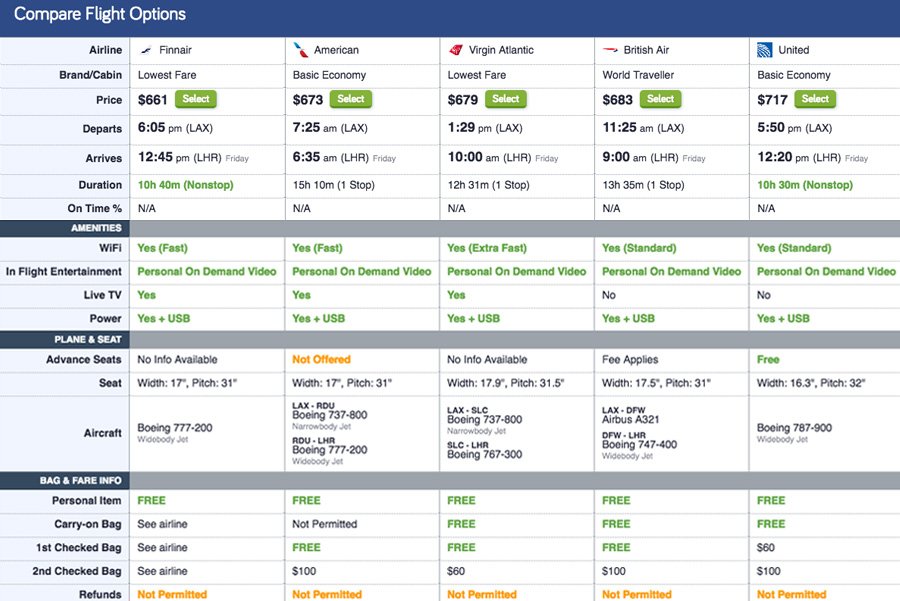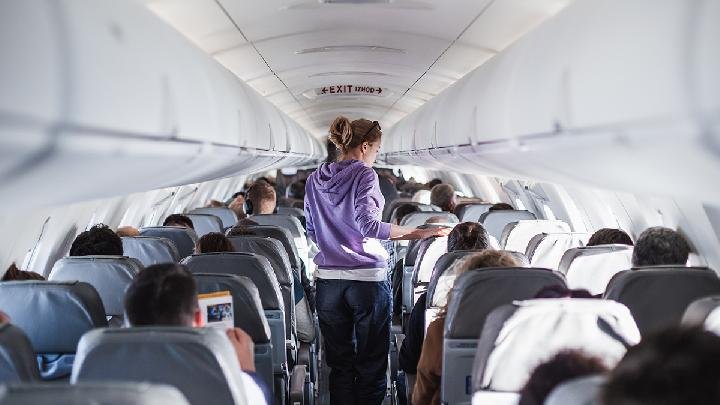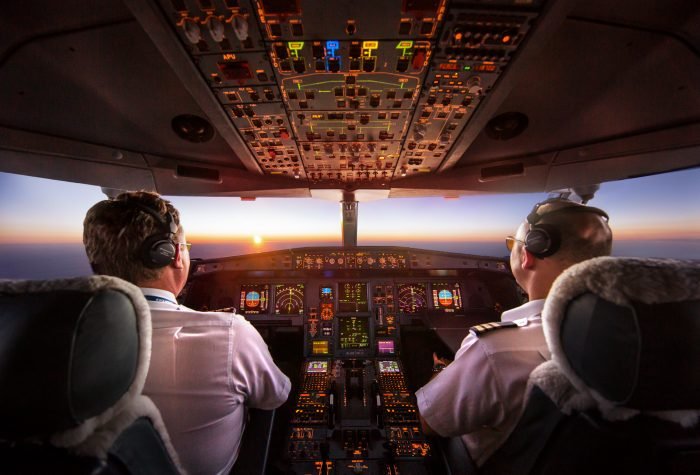Finding the Best Deals: A Comprehensive Guide to Comparing Cheap Flights
In the quest for affordable travel, the first hurdle is often securing budget-friendly airfare. flightticketbooking.co.in understands this need, and we’ve created this comprehensive guide to equip you with the knowledge and tools to compare cheap flights effectively. The world of online flight booking can seem overwhelming, with countless websites and airlines vying for your attention. This article will break down the key factors to consider, the best strategies to employ, and the most reliable resources to use when comparing cheap flights, ensuring you get the most bang for your buck.
1. Understanding the Landscape: What Drives Flight Prices?
Before diving into the comparison process, it’s essential to understand the dynamics that influence flight prices. Several factors play a significant role:
- Demand: Like any commodity, flight prices fluctuate based on demand. Peak seasons (holidays, summer vacations, major events) typically command higher prices.
- Time of Booking: Generally, booking well in advance (2-3 months for domestic flights, 3-6 months for international) can secure lower fares. However, last-minute deals can sometimes emerge if airlines are trying to fill empty seats.
- Day of the Week: Historically, mid-week flights (Tuesday, Wednesday, Thursday) have been cheaper than weekend flights. This is because business travelers often fly on Mondays and Fridays, driving up demand.
- Time of Day: Red-eye flights (late night or early morning) and flights during less desirable hours often come with discounted fares.
- Airline: Budget airlines (Ryanair, Spirit, Frontier) typically offer lower base fares but charge extra for amenities like checked baggage, seat selection, and even carry-on luggage.
- Fuel Prices: Fluctuations in fuel costs directly impact airline operating expenses, which can be reflected in ticket prices.
- Competition: Routes with more competition among airlines tend to have lower fares due to price wars.
- Stopovers: Direct flights are usually more expensive than flights with layovers. The more stopovers, the lower the price tends to be.
2. The Tools of the Trade: Flight Comparison Websites and Apps
The internet is your greatest asset when comparing cheap flights. Flight comparison websites (also known as online travel agencies or OTAs) aggregate flight information from multiple airlines, allowing you to search and compare prices in one place. Here are some of the most popular and reliable options:
- Google Flights: A powerful and user-friendly tool that lets you explore flight options across a wide range of airlines. Its calendar view helps you identify the cheapest days to fly.
- Skyscanner: Known for its "Everywhere" search feature, which is great for finding the cheapest destinations if you’re flexible on location.
- Kayak: Another popular option with a comprehensive search engine and price alerts to notify you of fare changes.
- Momondo: Often touted for finding the absolute lowest prices, Momondo searches a vast network of airlines and OTAs.
- Expedia, Priceline, Orbitz: These are well-established OTAs that offer a wide range of travel services, including flights, hotels, and rental cars. They often have package deals that can save you money.
- Direct Airline Websites: Don’t overlook the official websites of airlines. Sometimes, airlines offer exclusive deals that aren’t available on comparison sites.
3. Mastering the Search: Tips and Tricks for Effective Comparison
Using flight comparison websites is just the first step. To truly maximize your chances of finding the cheapest flights, consider these strategies:
- Be Flexible with Dates: The more flexible you are with your travel dates, the better your chances of finding a deal. Experiment with different departure and return dates, including flying on weekdays or during off-peak seasons.
- Consider Alternative Airports: If you live near multiple airports, check flights from all of them. Sometimes, flying from a smaller, less popular airport can save you a significant amount of money.
- Set Price Alerts: Most flight comparison websites allow you to set price alerts for specific routes. You’ll receive email notifications when the price of a flight changes, allowing you to pounce on a good deal.
- Use Incognito Mode: Some travel experts believe that airlines and OTAs track your searches and may increase prices if they see you’re repeatedly searching for the same flight. Using incognito mode can prevent this tracking.
- Clear Your Browser Cookies: Similar to incognito mode, clearing your browser cookies can help prevent airlines and OTAs from tracking your search history.
- Look for Package Deals: Consider booking your flight and hotel together as a package. OTAs often offer discounts on package deals, which can save you money compared to booking each separately.
- Consider Budget Airlines: If you’re willing to forgo some frills, budget airlines can offer incredibly low fares. However, be sure to factor in the cost of baggage fees, seat selection, and other extras.
- Be Aware of Hidden Fees: Always read the fine print before booking a flight. Some airlines and OTAs may charge hidden fees for things like baggage, seat selection, or payment processing.
- Check for Promo Codes: Before booking, search online for promo codes that may be applicable to your flight. Many OTAs and airlines offer promo codes that can save you a percentage off your total fare.
- Book in Advance (But Not Too Early): As a general rule, booking 2-3 months in advance for domestic flights and 3-6 months in advance for international flights is a good strategy. However, booking too early (e.g., a year in advance) may not be the best idea, as airlines may not have finalized their pricing strategies.
- Consider Connecting Flights: Non-stop flights are typically more expensive than connecting flights. If you’re willing to endure a layover or two, you can often save a significant amount of money.
4. Beyond the Price Tag: Other Factors to Consider
While price is a primary concern, it’s important to consider other factors when comparing flights:
- Flight Duration: How long is the flight, including layovers? A slightly more expensive flight with a shorter duration may be worth the extra cost.
- Layover Length: A short layover can be stressful if your first flight is delayed. A long layover can be boring and inconvenient. Choose layovers that are a reasonable length for your comfort level.
- Airline Reputation: Research the airline’s reputation for on-time performance, customer service, and baggage handling.
- Baggage Allowance: Check the baggage allowance for each flight. If you need to check a bag, factor in the cost of baggage fees.
- Seat Comfort: Consider the seat pitch (legroom) and seat width, especially for long flights.
- In-Flight Amenities: Does the flight offer free meals, drinks, and entertainment?
- Cancellation and Change Policies: Understand the airline’s cancellation and change policies in case you need to alter your travel plans.
- Reviews and Ratings: Check online reviews and ratings for the airline and the specific flight you’re considering.
5. The Future of Flight Comparison: Emerging Trends
The world of flight comparison is constantly evolving. Here are some emerging trends to watch out for:
- AI-Powered Search: Artificial intelligence is being used to develop more sophisticated flight search engines that can predict price fluctuations and offer personalized recommendations.
- Dynamic Pricing: Airlines are increasingly using dynamic pricing algorithms to adjust prices based on real-time demand and other factors.
- Personalized Recommendations: Flight comparison websites are starting to offer personalized recommendations based on your travel history and preferences.
- Blockchain Technology: Blockchain technology is being explored as a way to improve transparency and security in the flight booking process.
Conclusion: Making Informed Decisions for Affordable Travel
Comparing cheap flights can be a time-consuming process, but it’s well worth the effort if you want to save money on airfare. By understanding the factors that influence flight prices, using the right tools, and employing effective search strategies, you can find the best deals and travel the world without breaking the bank. Remember to consider factors beyond just the price tag, such as flight duration, airline reputation, and baggage allowance. With a little research and planning, you can make informed decisions and enjoy affordable travel experiences.










